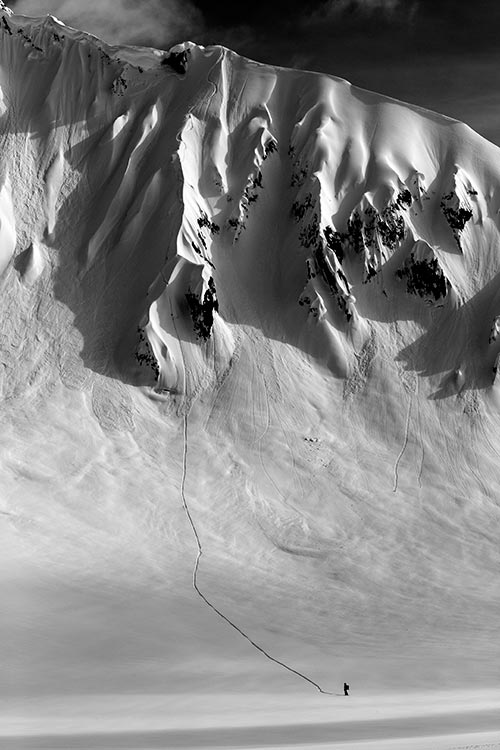Alaska Avalanche Resources
Know Before You Go
Know Before You Go

As seen in the Know Before You Go video series, snowboard legend and Alaskan veteran Travis Rice says, “Avalanches don’t discriminate, they are equal opportunity killers.†Whether you are a professional ski guide or a backcountry newbie, it is important to take all the necessary steps to safely enter the wildly vast and complex terrain Alaska has to offer.
Know Before You Go - This site has a great series of high quality educational avalanche videos, much of which were shot here in Alaska. They have developed the 5 basic steps listed above to stay alive in avalanche terrain.
American Avalanche Association (A3)- This is the US organization that has created guidelines for avalanche courses ranging from Avalanche Awareness Clinics to Recreational Level 1 Courses in addition to courses for Avalanche Professionals like ski guides and State Department of Transportation workers.
Avalanche Canada - The Canadians spend a lot of time in the snow, considering their entire country is covered in it about half the year. In some ways, the United States has modeled avalanche education programs after Canada. When it comes to avalanche education, protocols, and the latest and greatest technologies and techniques they are on top of it all.
Anchorage Avalanche Center - Backcountry information, education, and culture for the greater Anchorage area.